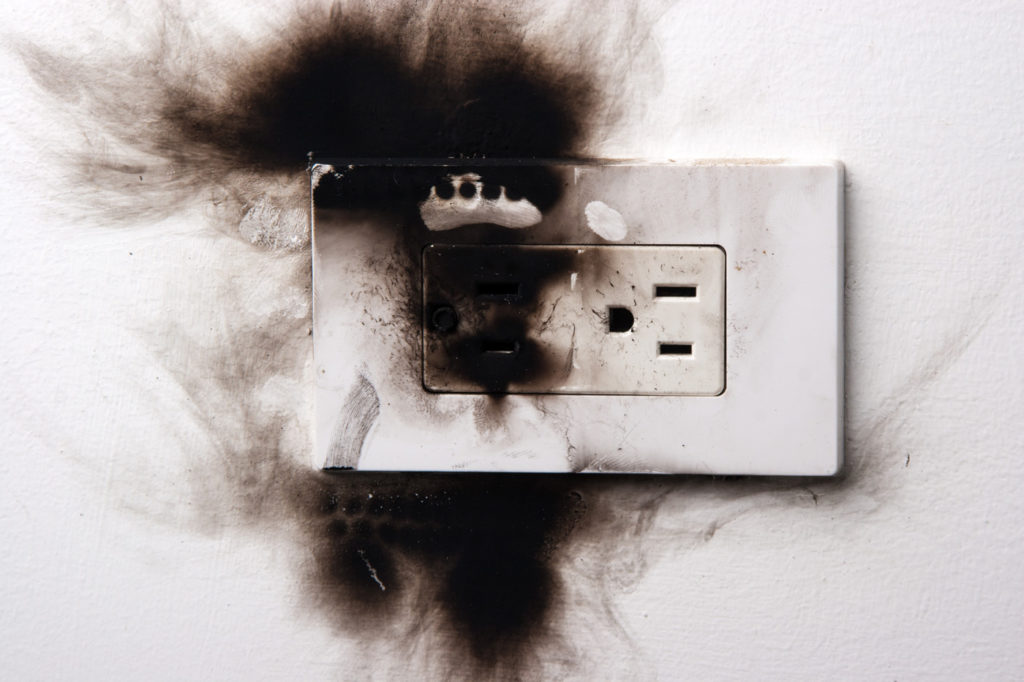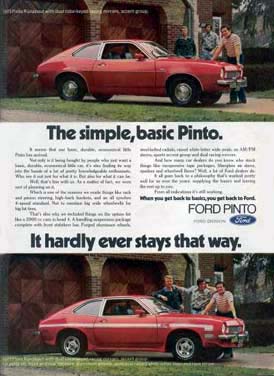
Los Angeles Product Liability Lawyer
Los Angeles product liability lawyer Cyrus Shahriari advocates for people who suffered serious personal injuries, or families who lost a loved one in a wrongful death, due to a defective product. And it can be – and often is – any product used in the home, on the job, in a recreational setting, and just about every other place you frequent.
We hear about recalls due to product liability so often that many of us don’t even pay much attention to recalls anymore. Just in the last year there have been numerous recalls of autos and car parts; tip-over injuries and fatalities associated with televisions, furniture, and appliances; warnings about recreational off-highway vehicles (ROVs) and all-terrain vehicles (ATVs); and a host of reports about various toys we give to our babies and children.
Product Liability Responsibility
If a product is defective and causes personal injuries or a wrongful death, it could be the fault of one, all, or any combination of the:
- Manufacturer
- Supplier
- Distributor
- Retailor
If a product has a defect it typically (but not 100 percent of the time), originates in the design, manufacturing, or marketing of the product.
The Famous Ford Pinto Product Liability Case
 One of the most famous product liability lawsuits that included design and manufacturing defects is the Ford Pinto case of the late 1960s. During this time American car companies were scrambling to build sub-compact cars to compete with the Japanese small – and gas efficient – cars that were taking the United States by storm.
One of the most famous product liability lawsuits that included design and manufacturing defects is the Ford Pinto case of the late 1960s. During this time American car companies were scrambling to build sub-compact cars to compete with the Japanese small – and gas efficient – cars that were taking the United States by storm.
Crash tests revealed that in car accidents in which the cars were going faster than 25 miles per hour, the gas tank ruptured, often causing fires and sometimes causing death. Though Ford knew about the problem it was determined to get the Pinto out fast, sacrificing safety for profits. Numerous engineers attempted, unsuccessfully, to get company management to slow down production in order to fix the problem.
Instead, Ford did a cost – benefit analysis. It determined that to fix the problem would cost between $5 and $11 per car (depending on the solution), which at $11 per car added up to $137 million per year.
The company estimated that if it kept the unsafe gas tanks – and didn’t tell anyone – crashes would result in 180 burn deaths, 180 serious burn injuries, and 2,100 burned vehicles per year. Ford figured it would have to pay out $200,000 per death, $67,000 per injury, and $700 per vehicle, totaling $49.5 million. Instead of making changes the company knew were necessary for safety reasons, Ford chose to let unsuspecting customers drive cars that could kill or seriously injure them.
A recall was delayed so the Department of Transportation could initiate some studies. Months later, on June 9, 1978, Ford recalled 1.5 million Pintos. Millions of dollars in lawsuits were filed and won, including the largest personal injury judgment ($128 million), at that time. Ford became the first American company to be indicted or prosecuted on criminal homicide charges. It was acquitted of reckless homicide in March 1980. Five months later, Ford stopped production of the Pinto.
Design Defects
The Ford Pinto case is an example of a design defect. Though design defects are unintentional, they are planned in the sense that the design is planned. Unfortunately, something in the design makes the product dangerous to consumers.
As a product liability lawyer, Cyrus Shahriari must prove that a safer product was available, that making it wouldn’t be too expensive, and that the alternative design would do what the manufacturer intended it to do.
To be successful in a design defect product liability lawsuit, there must be a preponderance of evidence that the actual design is what caused the injury. The product also must have been used by the consumer as the manufacturer intended it to be used or that the manufacturer should have been able to predict that a consumer would use it as they did.
Other examples of design defects are toys that contain choking hazards; structurally unstable products like a weak ladder that can’t hold the weight it’s supposed to hold; products that are easily flammable or that melt; a tool meant to cut plants but which a consumer used to cut a rope.
Manufacturing Defects
The Ford Pinto case also is an example of a manufacturing defect. This type of defect is not something the company plans on and it is not intentional. (Ford’s issues crossed the line when they learned about the design and manufacturing defects and they concealed the problem.)
In a manufacturing defect the problem could arise in the assembly line or on the factory floor. It might even involve a third party who made or provided one of the components of the product.
Approximately 46 states – including California – hold manufacturers to strict liability. This means that the manufacturer is responsible for any defects that occur during the manufacturing phase, PERIOD.
One of the reasons the courts take this avenue with manufacturers is because it hopes that this policy will push manufacturers not to cut corners – as Ford did with the Pinto.
Examples of manufacturing defects include using the wrong type of screws, bolts, etc. on mechanical parts; using outdated or the wrong pieces in a product; installing something incorrectly; and attaching parts incorrectly.
Marketing Defects
In a marketing defect product liability case, there may be nothing wrong with the product. But a company who fails to tell the public how to use a product OR how not to use a product because of the risk of injury, may open itself up to legal action if the consumer suffers personal injuries or a wrongful death. This is called “failure to warn.”
“Failure to warn” exists when a company doesn’t warn consumers about possible risks when using a product or the warning is vague or inadequate so the consumer isn’t aware of the potential danger.
But the court is reasonable. If it is obvious that the manufacturer couldn’t possibly foresee that a consumer would use or misuse a product in a particular way, and that use caused the consumer’s injuries, the court would likely find for the manufacturer. For instance, if a consumer used an electric knife to shave with, it’s highly unlikely that the court would find for injured party.
You Need a Personal Injury Lawyer
If you are injured by a defective product, or if you lost a loved one in a wrongful death because of a defective product, you will need a personal injury lawyer. To prove a product liability case is very expensive and highly technical.
As your product liability lawyer Cyrus Shahriari will engage numerous experts in a variety of fields to prove your case. Since personal injury lawyer Cyrus Shahriari takes product liability cases on a contingency basis, you pay no attorney’s fees until your case is resolved.
All Civil Actions Have Deadlines
All civil cases have statutes of limitations – or deadlines – by which time you must file a lawsuit if you are going to. If you miss the deadline, you give up all rights to being compensated for any and all damages you suffered.
It is important that you contact a product liability lawyer as soon as possible. Even if you are not sure you want to take legal action, it is wise to consult with an experienced attorney to learn your legal options.
Contact Us
Product liability lawyer Cyrus Shahriari offers a free, no-obligation, and confidential consultation. Contact Cyrus Shahriari today to learn more about the law that applies to your situation.
